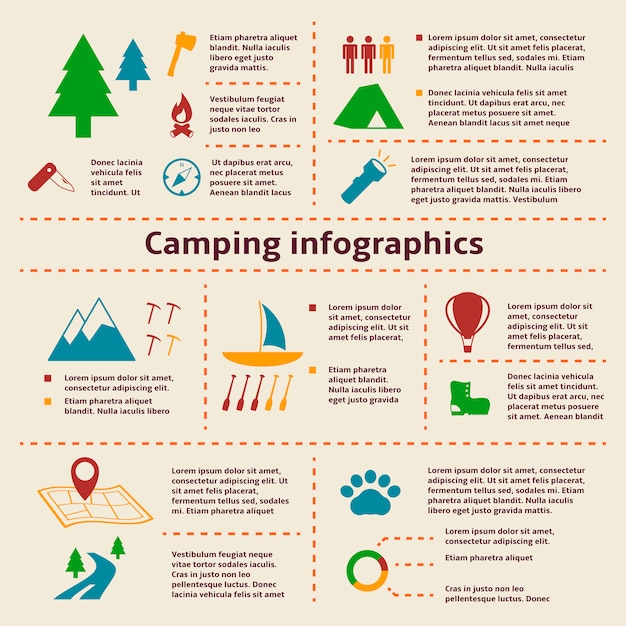Wintertime camping is an enjoyable and adventurous experience, yet it needs proper equipment to ensure you stay cozy. You'll need a close-fitting base layer to trap your body heat, along with an insulating jacket and a water resistant shell.
You'll likewise require snow stakes (or deadman anchors) hidden in the snow. These can be linked using Bob's creative knot or a normal taut-line hitch.
Pitch Your Camping tent
Winter months camping can be a fun and adventurous experience. Nonetheless, it is important to have the appropriate equipment and know exactly how to pitch your outdoor tents in snow. This will avoid cool injuries like frostbite and hypothermia. It is also essential to consume well and stay hydrated.
When setting up camp, make certain to select a site that is sheltered from the wind and without avalanche threat. It is additionally a good idea to pack down the location around your outdoor tents, as this will certainly help reduce sinking from body heat.
Before you established your outdoor tents, dig pits with the very same size as each of the anchor points (groundsheet rings and person lines) in the facility of the outdoor tents. Fill these pits with sand, stones and even things sacks loaded with snow to compact and secure the ground. You may likewise intend to take into consideration a dead-man support, which entails tying outdoor tents lines to sticks of timber that are hidden in the snow.
Pack Down the Area Around Your Outdoor tents
Although not a requirement in many areas, snow risks (likewise called deadman anchors) are a superb enhancement to your tent pitching kit when outdoor camping in deep or compressed snow. They are basically sticks that are created to be hidden in the snow, where they will ice up and produce a solid support point. For ideal outcomes, utilize a clover drawback knot on the top of the stick and bury it in a few inches of snow or sand.
Establish Your Tent
If you're camping in snow, it is an excellent idea to use an outdoor tents designed for winter months backpacking. 3-season outdoors tents function fine if you are making camp listed below tree zone and not expecting specifically severe climate, however 4-season tents have stronger poles and textiles and provide even more security from wind and hefty snowfall.
Make sure to bring adequate insulation for your resting bag and a warm, completely dry inflatable floor covering to sleep on. Inflatable floor coverings are much warmer than foam and help protect against chilly spots in your tent. You can additionally include an extra floor covering for sitting or cooking.
It's likewise a good concept to set up your outdoor tents near to an all-natural wind block, such as a group of trees. This will make your camp much more comfy. If you can't locate a windbreak, you can produce your very own by digging holes and hiding objects, such as rocks, camping tent risks, or "dead man" anchors (old outdoor tents person lines) with a shovel.
Restrain Your Outdoor tents
Snow stakes aren't essential if you use the ideal techniques to secure your tent. Buried sticks (possibly collected on your technique hike) and ski poles function well, as does some version of a "deadman" sustainable fashion buried in the snow. (The concept is to create an anchor that is so strong you won't have the ability to pull it up, even with a lot of effort.) Some makers make specialized dead-man supports, yet I favor the simpleness of a taut-line hitch connected to a stick and then hidden in the snow.
Understand the surface around your camp, specifically if there is avalanche danger. A branch that falls on your camping tent can harm it or, at worst, hurt you. Likewise be wary of pitching your camping tent on a slope, which can catch wind and cause collapse. A sheltered area with a reduced ridge or hill is much better than a high gully.
